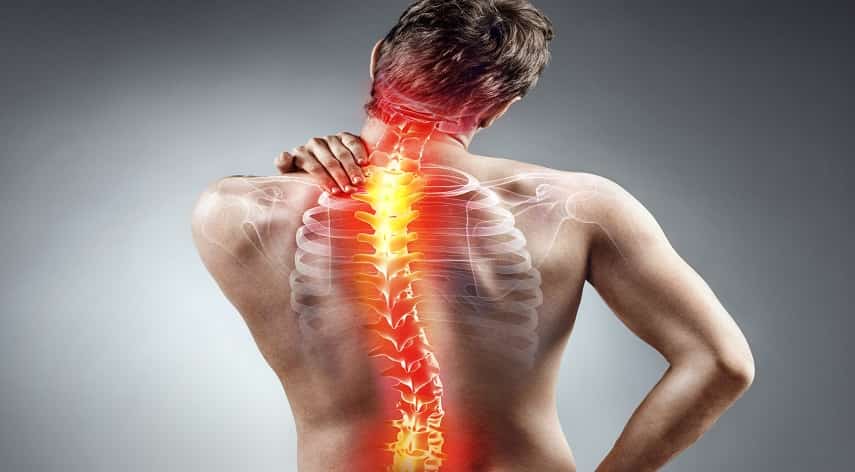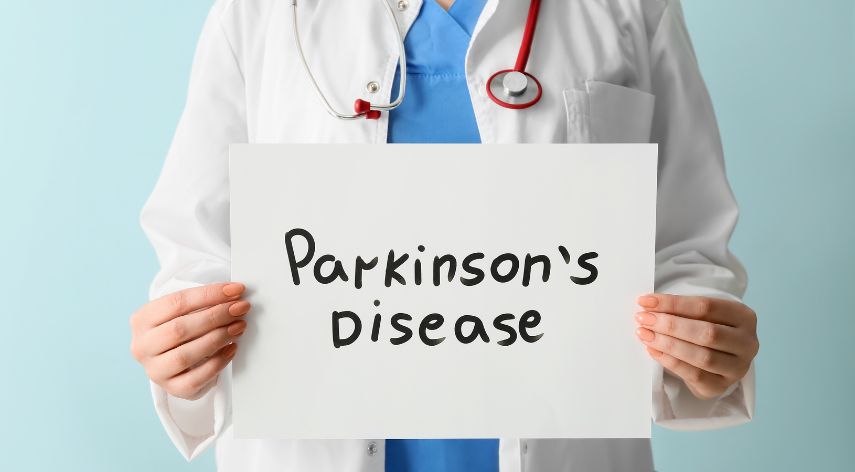Bulging vs Herniated Disc: Whats the Difference?

Do you have pain in your back, neck, or limbs that’s been bothering you for a while? Has it been getting worse over time, or is it interfering with your everyday activities? There’s a good chance that there’s some kind of a spinal issue, and your best option is to see a doctor.
In most cases, the culprit is either a bulging or herniated disc. The two terms are often used interchangeably, but there are significant differences between the two. It’s best to understand the differences in order to better help your doctor provide a proper diagnosis and effective treatment.
Here’s a quick guide to help you better understand the differences between a bulging vs herniated disc.
Table of Contents
ToggleThe Symptoms
A bulging disc is when the soft center of the disc moves outward and may place pressure on a nerve root. Symptoms of a bulging disc can vary depending on the severity of the bulging and pressure on the nerve root. Commonly with a bulging disc, radiating leg pain will be felt, which can be a burning, tingling, or sharp shooting pain.
A herniated disc is when the inner nucleus of the disc has ruptured, and the jelly-like center pushes outward through a crack in the annulus in the disc and putting pressure on the spinal nerves and nerve roots. The symptoms of a herniated disc are more extreme and include not only radiating pain but also increased pain with activity, muscle weakness, and numbness in the affected areas.
Diagnosis
Both bulging and herniated discs can be diagnosed through diagnostic imaging tests. This includes CT scans, MRI scans, and X-Rays.
During the test, a radiologist looks for any changes in the disc’s size and shape, as well as its movement in the spine. If there are changes, then the disc is most likely bulging or herniated. Additionally, providers may perform a physical exam to make an accurate diagnosis.
Treatment
Bulging and herniated disc treatments differ drastically from one another. When it comes to bulging discs, exercises and physical therapy are the two main treatments for relieving the symptom.
A herniated disc can often require more intensive treatment, such as epidural steroid injections, radiofrequency ablation, and even surgery to restore the disc to its original shape and alignment. In severe cases, invasive treatments such as endoscopic discectomy can remove the herniated part of the disc.
Educating yourself is necessary to determine which treatment path works best for you. It is important to speak with your doctor to evaluate the severity of your condition and discuss the best treatment plan that works for you.
Bulging vs Herniated Disc: Understanding the Differences
The difference between a bulging vs herniated disc is clear. A bulging disc is more common and can often be treated with corrective exercises and/or medications. Whereas a herniated disc is more serious and may require certain medical treatments to help alleviate the discomfort.
Seeking the advice of medical professionals is advised for any disc-related complications. Talk to your doctor to learn more and find a treatment plan to address any chronic pain you may be having.
In case you want to read more, visit our website. You will surely find some informative articles that could help you.
Recommended For You
Spread the loveAre you striving to lose weight without sacrificing your health? With weight loss advice seemingly coming from every
Spread the loveSeniors with Parkinson’s disease (PD) can lead satisfying lives, even though there is currently no cure for the
Spread the loveHave you ever stumbled upon an IP address that seems to be shrouded in mystery? One such enigmatic





